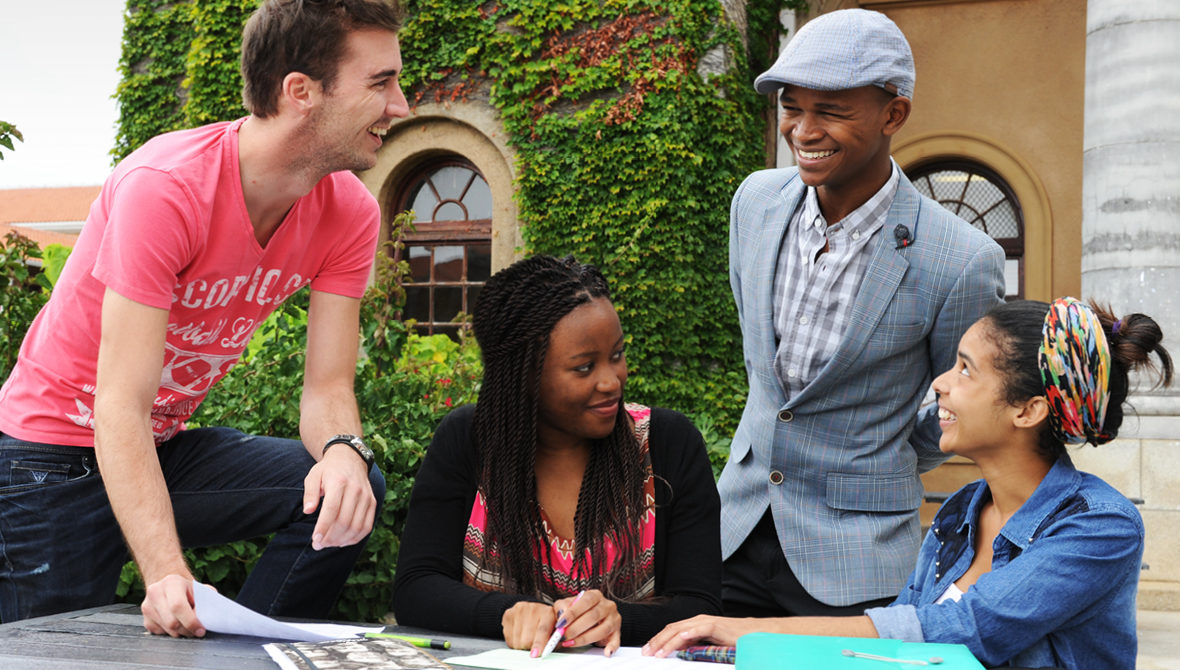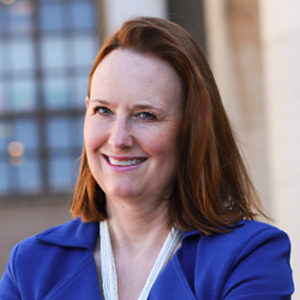Fundraisers in Africa Should Look to the “Fortune at the Bottom of the Pyramid”


The character of giving is changing rapidly and, with it, the prospects for African fundraising. An article published by the Johnson Center looked at the persistent imbalances of international philanthropic flows and how Africa’s higher education and, therefore, science and research capacity, suffer as a result. In this article, we are going to speak to a different audience and to surface how emerging giving trends may well unseat the existing power dynamics of current North-South philanthropic flows.
Not long ago, there were three core constituencies that African causes, including universities, would seek funding from: aid and development agencies, private foundations (often in the U.S. or Europe), and wealthy donors. The strategy appeared to make sense.
“[A]s Africa’s very young population comes of age and a rising middle class emerges, a new opportunity presents itself to causes and communities[.]”
The pursuit of a major gift represented a good return on investment. Moreover, the transformative effect of a large donation was a vote of confidence allowing the beneficiary to bask in the glory of being viewed internationally as credible, redoubtable, and trustworthy. The truth is, for all of us working in fundraising in Africa, it was and remains exceptionally hard to secure major gifts.
But as Africa’s very young population comes of age and a rising middle class emerges, a new opportunity presents itself to causes and communities — including universities — that just a few years ago was not seen as viable.
Fifteen years ago, the economist C.K. Prahalad published his ground-breaking book The Fortune at the Bottom of the Pyramid (he first published the concept in an article in Strategy+Business). Prahalad argued that people in the lower quartiles of the economic pyramid in the developing world, such as Africa, are joint problem solvers, and that their collective purchasing power means this is a community that should not be ignored.
Moreover, Prahalad argued that their spending priorities tend to differ from those at the top of the economic pyramid, including when it comes to giving. Fundamentally, Prahalad’s argument was that economic prosperity and wealth creation can be stimulated from the bottom up. He appeared to dismiss trickle-down economics, suggesting it provided questionable long-term benefit to those at the bottom of the pyramid and made the case instead for trickle-up economics.
The same question may well then be asked about the role of trickle-down philanthropy, in other words, giving from elites in the developed world to the developing world. Should we be shifting our view of philanthropy as a trickle-down process?
It was Bill Gates who once observed that “there are two great forces of human nature: self-interest and caring for others.” If we take that as a working assumption, then there is a strong argument that those at the bottom of the pyramid are a major philanthropic force.
Research has evidenced that less wealthy people certainly give a greater percentage of their income to charity and good causes than the wealthiest in society.
Philanthropy is a complex affair. It takes many forms and understanding it is compounded by a fundamental lack of data, especially in Africa. Additionally, it is impossible to view philanthropy simply through the lens of a traceable, in-country charitable donation. A significant volume of philanthropic activity is informal and in-kind, and this will surely be the character of giving at the bottom of the economic pyramid.
One example is remittances. Since Prahalad’s book was published, estimates show that remittances globally have boomed to around $773 billion in 2021 in value. It is safe to assume a share of that economic activity will be philanthropic in character.
So how can university fundraising in Africa, our core business, re-focus efforts to those at the bottom of the proverbial pyramid, given the fundamental absence of data? Here are three examples:
First, alumni giving. It is perhaps the oldest tried and tested method of raising funds for a university. U.S. universities, in particular, mastered long ago how to make the compelling case to alumni to give back to their alma mater. In African institutions, where data on past alumni is not always well captured, we have a long way to go to match the U.S. model. But it presents a major opportunity given the trajectory of student numbers.
The World Bank estimates that in 2020 around 9.4% of Africa’s population of over 1 billion were in tertiary education, compared to a 38% global average. As prosperity rises in Africa, student numbers and, therefore, alumni are set to present greater opportunities for fundraisers. Getting an alumni strategy and process in place has to be a priority.
Second, forging friends. Universities serve as an economic catalyst for a community, region, or nation. They also incubate talent who graduate into their neighboring communities and become local stakeholders. In short, neighbors — even those who lack a formal education themselves — will recognize the importance of their nearby university.
Moreover, the economic and social ripple effect can be felt much further afield. A study of U.S. diaspora giving to African higher education, published in 2020 by Indiana University and funded by the Carnegie Corporation, concluded that there is a rise, especially among younger donors in the U.S., to give to higher education institutions in Africa even though they are not direct alumni.
Such donors are not always high net-worth individuals, but they understand the transformative opportunity a formal education presents. Broader engagement strategies with communities at home and abroad present a powerful opportunity to raise funds given the potential market capture.
Third, crowdfunding. Perhaps the most vivid expression of C.K. Prahalad’s vision of economic self-interest and joint problem-solving is the power of crowdfunding.
Crowdfunding technology enables fundraising campaigns across campuses, communities, and continents. Universities throughout the U.S. have dedicated crowdfunding platforms which allow them to pitch research projects, appeal for financial assistance and bursaries for students, and fundraise for university infrastructure improvements.
Detractors argue that crowdfunding risks education becoming a beauty parade with the most eye-catching projects receiving funding, while the less sparkling but no less worthy initiatives miss out. In truth, philanthropy has always been like that, and a good university fundraiser will identify creative solutions to make the “dull but important” appealing.
“Despite representing the smallest region in terms of volumes, Africa exhibits great potential for crowdfunding growth.”
Despite representing the smallest region in terms of volumes, Africa exhibits great potential for crowdfunding growth. The authors of a recent study on crowdfunding in Africa concluded that the potential is based on Africa’s adoption of digital finance and mobile money, the relatively low penetration of traditional financial institutions, as well as crowdfunding’s cultural fit with traditional funding practices. Crowdfunding in Africa is on the rise and is gaining scale. This presents African universities and researchers with a tantalizing prospect.
According to the World Bank’s Education Finance Watch 2022 annual report, at least 40% of low- and lower-middle-income countries have cut their education budgets since the onset of the Covid-19 pandemic. Half of upper-middle-income countries spent less per capita on education in 2019-2020 than they did in 2014-2015. It warns “that a reprioritization of funding for education is needed to avoid widening learning inequalities and exacerbating the blow to the future earning potential of today’s students, now estimated to be close to $21 trillion in lifetime earnings.”
It is a reasonable assumption that publicly funded universities in Africa are likely to feel the pressure on their finances, hence the urgency for creative solutions, especially for university leaders and in-house fundraisers. And what’s true for African universities is almost certainly relevant for institutions in other regions, such as South Asia and, perhaps most notably, Latin America.
According to the same World Bank report, “Latin America and the Caribbean is the one region where per capita government spending on education fell below its mid-2010s levels, with an average decline of 3 percent between 2014–2015 and 2019–2020.”
Moreover, with the region experiencing the sharpest economic contraction anywhere in the world during the COVID-19 pandemic, there is a risk that, as UNESCO’s Assistant Director-General for Education Stefania Giannini explained, “We are walking head-first into an education crisis. Unless we radically transform our priorities, there will be no way back.” Many countries in Africa and Latin America, then, face shared challenges in reimagining education funding models, including the role and contribution of philanthropy.
C.K. Prahalad called for respect for those at the bottom of the economic pyramid since they are problem solvers to some of the biggest issues that afflict developing societies. Africa’s great universities might do well to heed his words. By shifting the emphasis from fundraising among the elites overseas, perhaps our efforts will be rewarded by the fortune that sits at the bottom of the African philanthropic pyramid.


Prahalad, C.K. (2006). The fortune at the bottom of the pyramid: Eradicating poverty through profits. Dorling Kindersley Pvt Ltd.